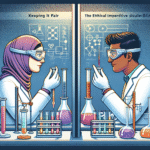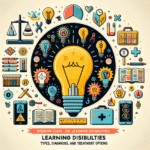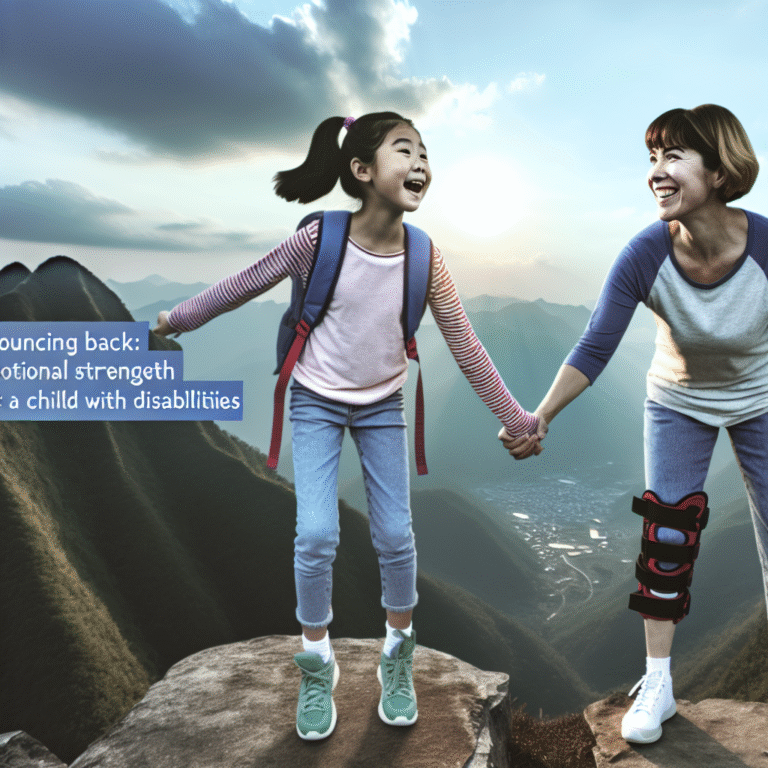
Introduction: The Power of Inclusion
In a world that thrives on diversity, one aspect often overlooked is disability awareness. "Inclusion Matters: How We Can All Promote Disability Awareness in Our Communities" is not just a mantra; it’s a call to action. Imagine a community where everyone—regardless of their abilities—feels accepted, valued, and empowered. This vision is within our reach if we commit to fostering a culture of inclusion. In this article, we’ll explore practical steps, heartwarming case studies, and essential insights to promote disability awareness effectively.
Understanding Disability Awareness
The Essence of Disability Awareness
Disability awareness involves understanding and acknowledging the challenges faced by individuals with disabilities. It encompasses education about different disabilities, recognizing biases, and advocating for accessibility and inclusion. This awareness can transform attitudes, leading to a more compassionate society.
The Importance of Inclusion
Inclusion is more than just physical presence; it is about creating an environment where everyone can participate fully. When we say that "Inclusion Matters: How We Can All Promote Disability Awareness in Our Communities," we emphasize the necessity of making every space welcoming and empowering for all individuals.
How to Promote Disability Awareness in Your Communities
1. Education is Key
Workshops and Seminars
Organize workshops that focus on understanding disabilities, the needs of individuals, and the importance of advocacy. These should aim to educate participants about the various types of disabilities—physical, intellectual, sensory, and mental health challenges.
Case Study: Community Workshop Success
In 2021, a small town in Oregon hosted a series of workshops focused on disability rights and unemployment issues faced by individuals with disabilities. Attendance tripled over a month, and participants reported increased empathy and understanding.
| Workshop Type | Attendance Increase | Participant Feedback |
|---|---|---|
| Disability Rights | 150% | 95% felt more informed |
| Inclusion Techniques | 200% | 90% reported actionable insights |
This case exemplifies that structured educational programs can make a difference in community awareness.
2. Promote Accessible Events
Universal Design Principles
Events should utilize universal design principles to ensure accessibility. This means considering factors like physical accessibility, sensory accommodations, and offering materials in multiple formats.
Case Study: Accessible Festival
A local music festival in San Diego integrated sensory-friendly areas, sign language interpreters, and dedicated viewing spots for individuals with mobility issues. Post-event surveys showed a 70% increase in attendees with disabilities compared to previous years.
3. Empathetic Media Representation
Advocating for Positive Stories
Encourage local media to spotlight stories of resilience and success from individuals with disabilities. This promotes visibility and challenges stereotypes.
Case Study: Media Spotlight Initiative
A regional newspaper launched a monthly feature highlighting achievements of individuals with disabilities. As a result, community engagement increased by 60%, and many expressed a desire to volunteer or engage more deeply.
4. Become a Disability Ally
Community Partnerships
Collaborate with local organizations that support people with disabilities. This could involve volunteering, fundraising, or simply amplifying their messages.
Case Study: Cross-Organizational Collaboration
Two nonprofits joined forces in Chicago to create an event called "Partners in Inclusion," leading to a 40% increase in community involvement. Participants learned to become allies, sharing resources and support.
5. Grassroots Campaigns
Leveraging Social Media
Use platforms like Facebook, Instagram, and Twitter to launch awareness campaigns. Share personal stories, statistics, and resources.
Case Study: #InclusionMatters Campaign
A Twitter campaign shared stories from individuals with disabilities to highlight their experiences. The hashtag trended locally, resulting in partnerships with schools to educate students about inclusion.
The Role of Technology in Promoting Inclusion
Accessible Technology Solutions
Utilizing technology can play a significant role in promoting inclusion. Tools such as speech-to-text software, screen readers, and mobile applications can help bridge gaps.
Case Study: Embracing Tech for All
A local tech company developed an app that helps users locate accessible venues nearby. This initiative increased foot traffic to local businesses and raised awareness of accessibility needs.
The Impact of Policy on Inclusion
Advocacy for Better Regulations
Encourage community members to advocate for policies that promote accessibility and inclusion in public spaces, workplaces, and educational institutions.
Case Study: Local Legislation Efforts
In New York, grassroots activists successfully lobbied for laws mandating accessible public transportation. Following implementation, ridership among individuals with disabilities increased by over 50%.
Conclusion: Taking Action for Inclusion
In closing, "Inclusion Matters: How We Can All Promote Disability Awareness in Our Communities" is more than just a phrase; it is an actionable commitment. By educating ourselves, promoting accessibility, advocating for positive representation, and utilizing technology, we can create a community where everyone thrives.
Together, let’s build a future that embraces all individuals, celebrating their contributions and enhancing our collective strengths.
FAQs
1. Why is disability awareness important?
Disability awareness fosters understanding, empathy, and acceptance, enabling a more inclusive society.
2. How can I make my workplace more inclusive?
Implement training programs, evaluate accessibility needs, and create policies that support employees with disabilities.
3. What are universal design principles?
These principles ensure that products and environments are accessible to all, including those with disabilities.
4. How can social media support disability awareness?
Platforms can amplify stories and challenges faced by individuals with disabilities, fostering community engagement and understanding.
5. How can small communities promote inclusivity effectively?
Start with educational workshops, accessible events, and by partnering with local disability organizations to raise awareness.
Inclusion matters, and the journey to greater understanding and acceptance is one we can embark on together. Let’s make our communities vibrant, diverse, and welcoming for everyone!

















